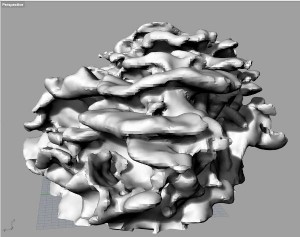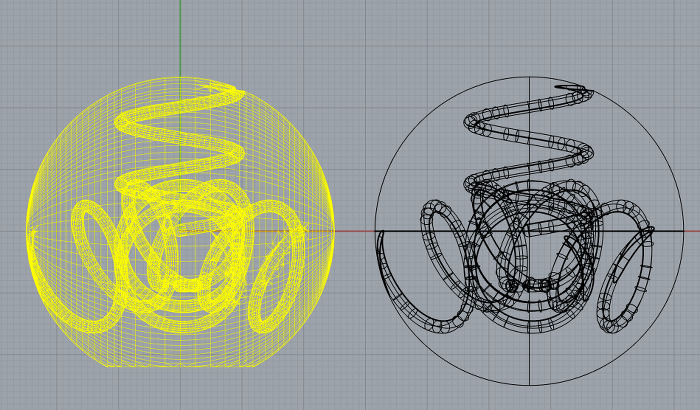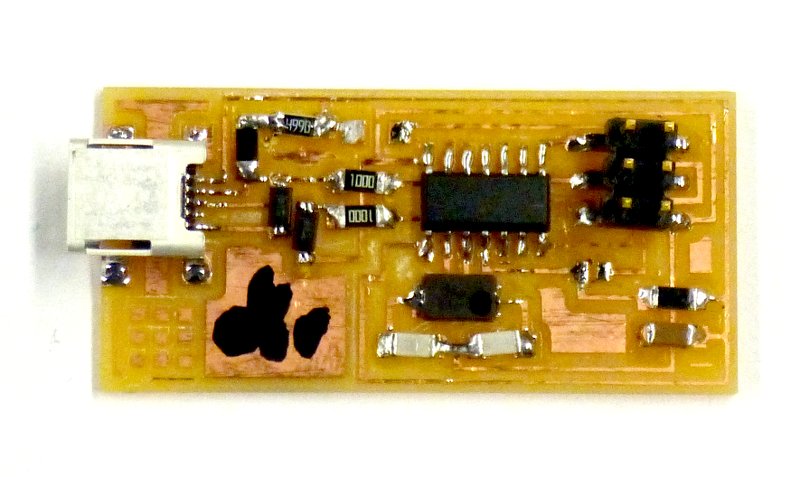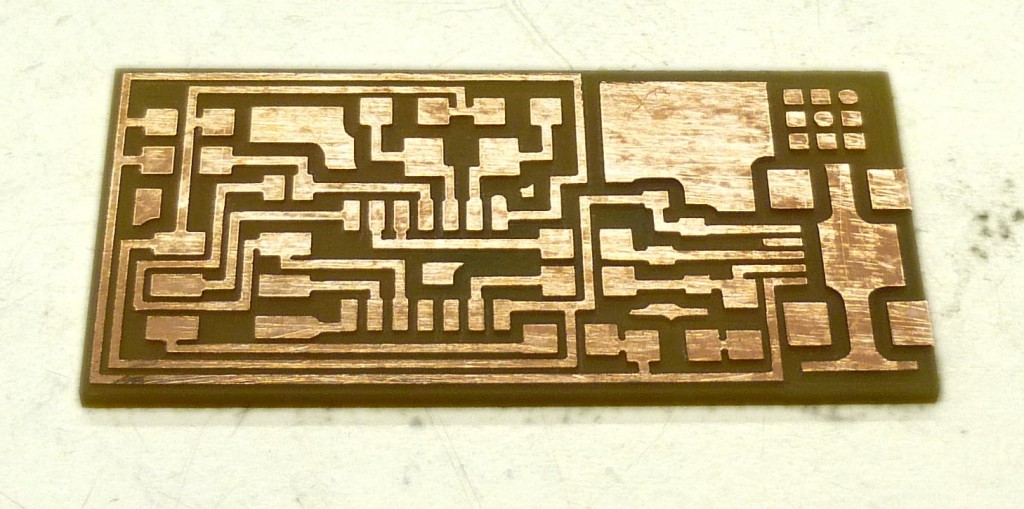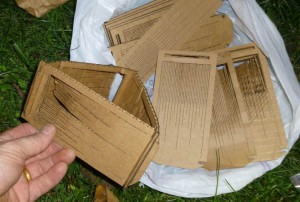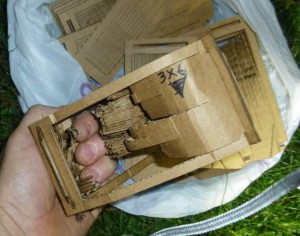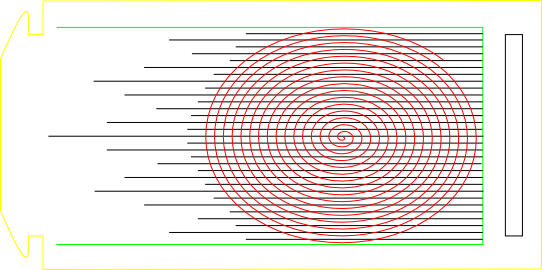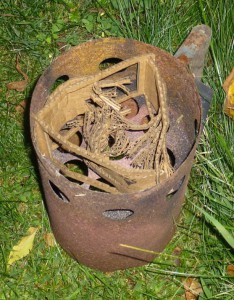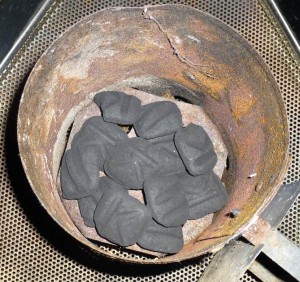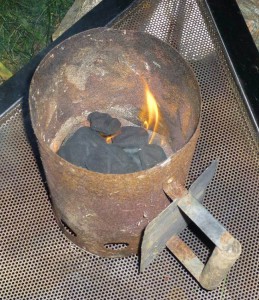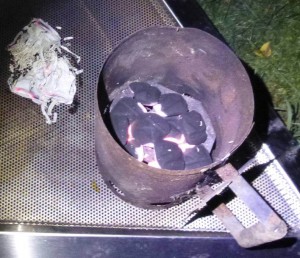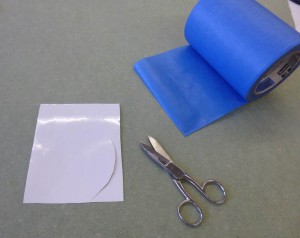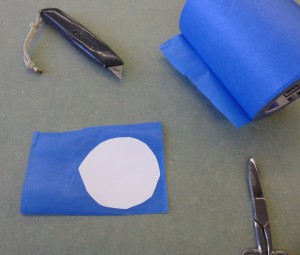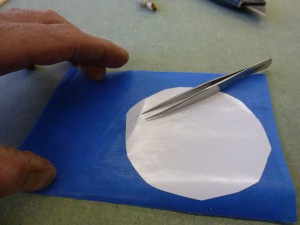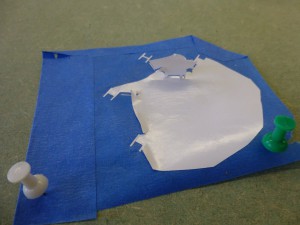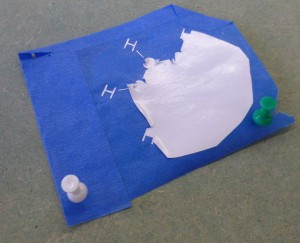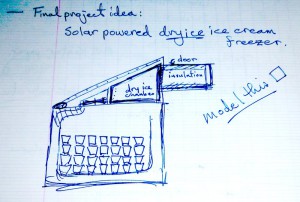3D Scanning
3D scanning with the Sense from Cubify was strangely primitive, like whacking at the problem with a silicon axe. Technique matters.
My model is a grifola frondosa mushroom, found in the woods.
I scanned two mushrooms with the small object setting, on a stage made of cork board and black velvet. The proprietary software is easy to use. Once the choice of object is made, a live preview window opens. The space bar starts a three second timer, and then capture is live.
Maintaining line of sight with the object in the cross hairs felt awkward, with the alignment of monitor and stage always off at some part of the scan. Perhaps practice would enable scanning without constant reference to the screen for alignment.
After a few failures due to loss of alignment, I succeeded in making a scan. I tried to re-align the Sense, but with no luck. My conclusion: if you lose alignment, bail by hitting the home button, and start again.
I saved the scan as both .stl and .obj files. The .obj contains the color information, while the .stl is just the mesh. Ah, the mesh. 149,316 vertices, 282,688 polygons.
I trimmed the mesh to remove the stage, leaving only the mushroom.stl.
The trimmed mesh still has roughly 100,000 vertices and polygons, 10 megabytes, and handily crashes Cura.
The latest edit is here, down to 1.5MB and 14,000 vertices. Right click and save linked file to look at the
mesh file.
3D Printing
I chose Rhinoceros as my 3D modeling software.
The object I designed is a sphere with helical voids arranged tetrahedrally, so that springs can be glued between the spheres, producing a lattice in either the ice or diamond crystal pattern.
I spent long hours trying out the various commands, and reading the on-line manual. A tutoring session by Nathan M. was useful.
A helix of 19.05mm diameter, and 10 mm pitch was made on the vertical axis. A circle of 2mm diameter was swept along the helical curve, to make a surface, which was converted into a solid.
The solid helix was copied and rotated 109.47° around the y axis. The new helix was copied and rotated twice by 120°, resulting in four helices in a tetrahedral configuration.
A sphere of 40 mm diameter was created with the origin as its center. The helical solid was then removed from the sphere with a boolean difference, leaving the desired part.
Cura made the visualization of the part easy. Looking at the layers let me see that some of the deeper parts of the helices interfere, so I increased the size of the sphere to 50 mm. This gives the springs another half turn unimpeded compared to the 40 mm sphere.
The solid on the right was converted to the mesh on the left. The mesh was trimmed by splitting with a plane, and deleting the bottom chord. The hole in the bottom was then filled to make a closed mesh. This was done to give the object a base, and to reduce the overhang required.

